Space Exploration
Space Shuttle Columbia Delivered
The first space flight capable Space Shuttle, Columbia, is delivered to the John F. Kennedy Space Center. Columbia was the second orbiter built, but its predecessor Enterprise was built primarily as an early testing prototype and without engines and functional heat shielding was not capable of space flight. Columbia was set to launch in late 1979 but due to various problems, did not launch until April 12, 1981. Columbia was lost on February 1, 2003 upon re-entry due to damage to the heat shield on its wing from an impact from falling foam insulation.
Mir Falls From the Sky
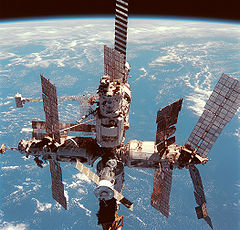 March 23, 2001
March 23, 2001
The Russian space station Mir burns up in the Earth’s atmosphere after fifteen years in orbit. The debris that isn’t burned up falls safely into the Pacific ocean between Chile and New Zealand, in a region from which governments had routed planes and ships away. The station, which was launched in 1986, far exceeded its intended lifespan of five years.
Launch of Ranger 9
NASA Launches Ranger 9, the last of the Ranger series of unmanned lunar exploratory spacecraft. Ranger 9 was the first moon probe to point its cameras directly in the direction of its travel, capturing 5,814 detailed images of the moon’s surface into which it would crash land almost 3 days later. It also sent back video images which were broadcast on live TV. The Ranger series was the precursor to the Apollo Moon landing program.
Vanguard 1 Launched
The American satellite Vanguard 1 is launched. About the size of a grapefruit, Vanguard 1 was the 2nd American satellite launched and 4th man-made object in Earth orbit, following Sputnik 1, Sputnik 2, and Explorer 1. It was the first satellite to have solar power, highest object launched at the time, and currently holds the record for the oldest man-made object still in orbit. Vanguard 1 is expected to stay in orbit until the late 22nd century.
First Liquid-Fueled Rocket Launched
Robert Goddard, now considered the father of modern rocketry, successfully launched the world’s first liquid-fueled rocket in Auburn, Massachusetts. The rocket reached an altitude of 41 feet in 2 seconds at a speed of about 60 miles per hour.
The concept of using liquid as fuel allowed the advancement of rocket technology to the point where space travel was made possible. Goddard died in 1945 before his vision of space travel became a reality, however NASA acknowledged his contributions by naming the Goddard Space Flight Center after him.
A Comet? No, that’s Uranus!
Using a telescope, English astronomer William Herschel notices a small object that would move slowly across the sky over the next several days. At first thinking he had discovered a comet, continued observation revealed a planet, soon named Uranus after the Greek god of the sky. This event was also notable as it was the first time a planet was discovered by telescope.
The discovery of the planet led to Herschel’s appointment as royal court astronomer by King George III which allowed him to further pursue astronomy. Over 20 years Herschel would observe and catalog 2,500 new nebulae and star clusters as well as two moons around Uranus and two more around Saturn. He also proposed the name “asteroids” for the objects discovered in 1801.
Mars Reconnaissance Orbiter Reaches Red Planet
The Mars Reconnaissance Orbiter (MRO) arrives at the Red Planet and enters its initial orbit. The MRO’s primary mission was to search for the existence of water on Mars along with several other objectives. Initially designed to carry out its main mission for two years and supporting objectives for four years, the MRO is still in operation as of 2023. The MRO has returned over 445 terabits of data, helped locate safe landing sites for NASA’s Mars landers and discovered ice and possible flowing water on the Red Planet’s surface.
NASA Launches Kepler
Kepler, the first planet seeking space telescope is launched by NASA on a Delta II rocket from Cape Canaveral. While intended for a three-and-a-half year mission, Kepler stayed operational for 9 years until it ran out of fuel in 2018. Kepler discovered more than 2,600 planets outside our solar system.
Pioneer 10 Launched
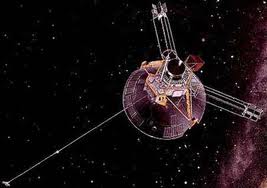
NASA launches Pioneer 10 spacecraft on a mission to explore the outer planets of the solar system. It will pass near Jupiter and Neptune before leaving the solar system.

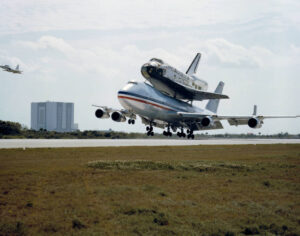
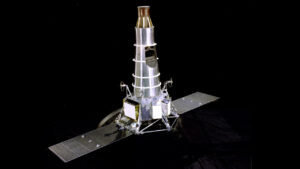
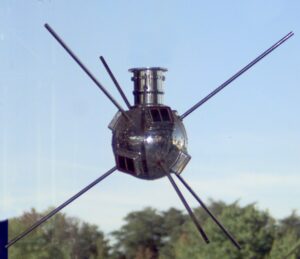
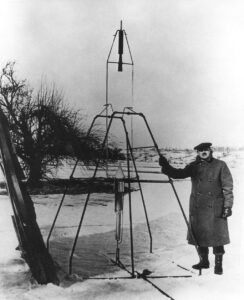
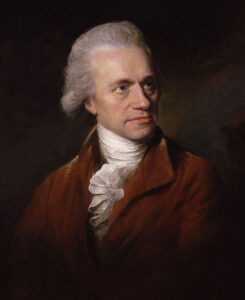
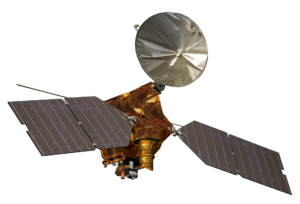
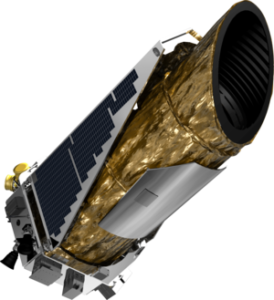
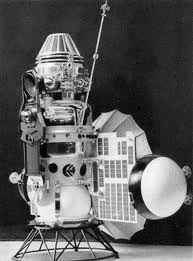 March 1, 1966
March 1, 1966